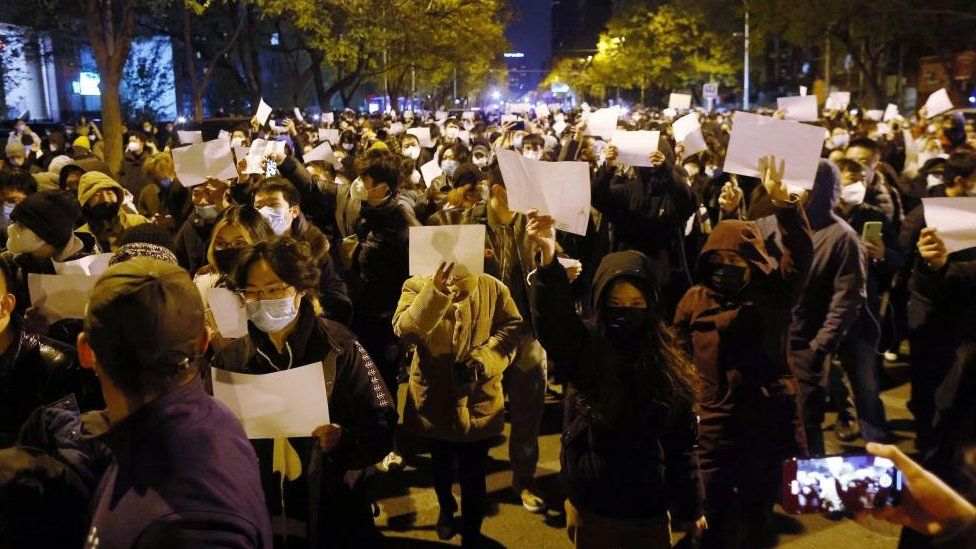Cristiana Moldovan | (12)
On Thursday, November 24th, in an apartment building in China’s Xinjiang region a fire broke out, killing 10, and injuring 9 more.
The apartment building fire came just days after a fire in a factory in the city of Anyang killed 38.
The firemen took 3 hours to respond to the emergency. Residents of the area are placing the blame on China’s “zero-COVID” policy. This policy includes strict lockdowns, mass testing, COVID-positive people told to stay at home or be placed under government quarantine, businesses and schools shut down in lockdown areas, closure of all shops that do not sell food, and indefinite lockdowns until no new cases are detected.
The protests that sparked as a result of this have challenged leader Xi Jinping’s authority in an unprecedented manner. Protestors had bypassed China’s strict censorship laws by fueling pictures and videos to an account in Italy, which allowed the dissent in China to spread internationally.
The protests, which started out in rejection of the COVID policies that have economically strangled China, as well as isolated it from the rest of the world, have now escalated into demands that the CCP step down altogether.
The climate of revolt that is currently looming over China and threatening the Communist Party is similar to that which loomed over the USSR before its collapse in 1989. Authoritarian regimes, like the one China has been under since the birth of the People’s Republic on October 1st, 1949, survive only when the people are disunited, indoctrinated and submissive, and fail when they are not.
Xi Jinping’s decision on Wednesday, December 7th, to withdraw his “zero-COVID” policy, was a sign of the weakness of the state and the power of the people. It showed the dependency of the State on its citizens.



